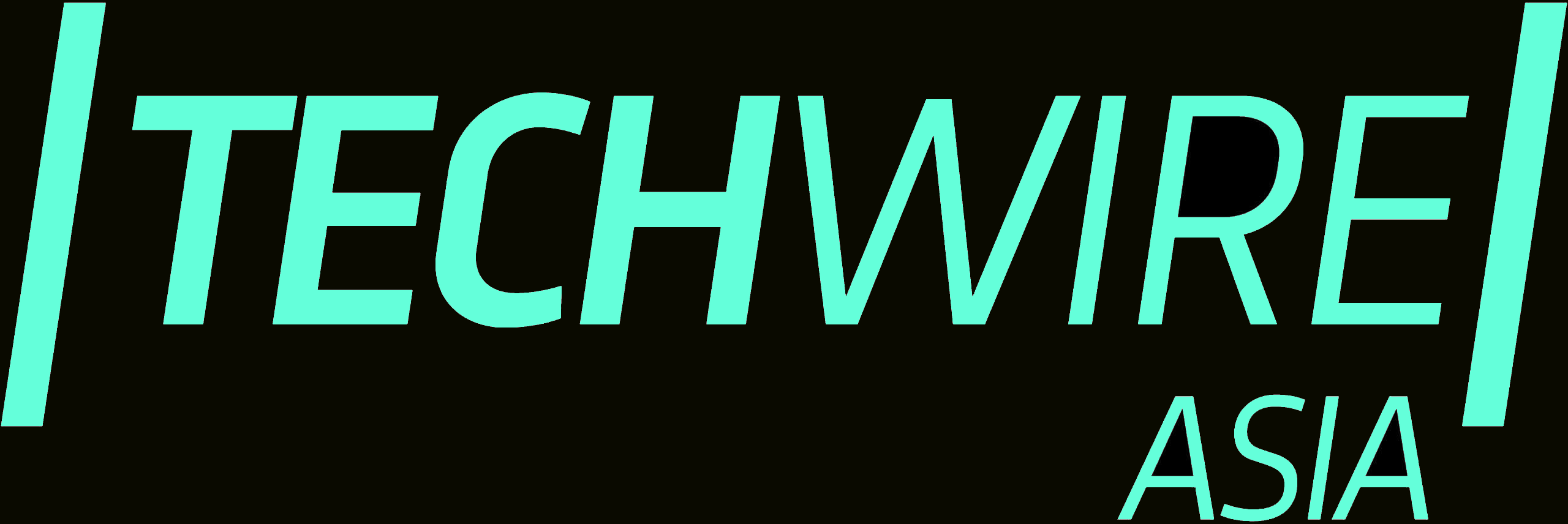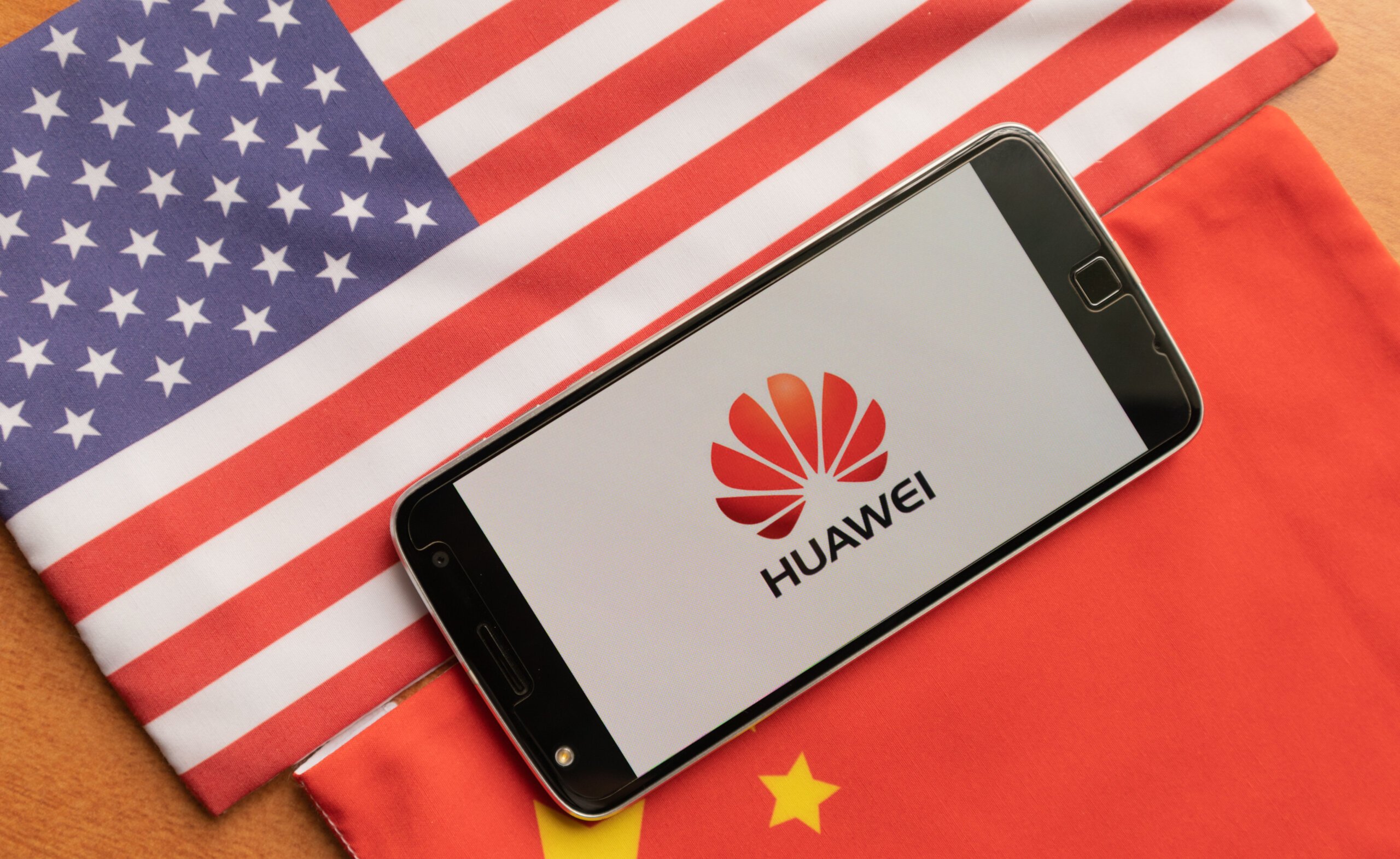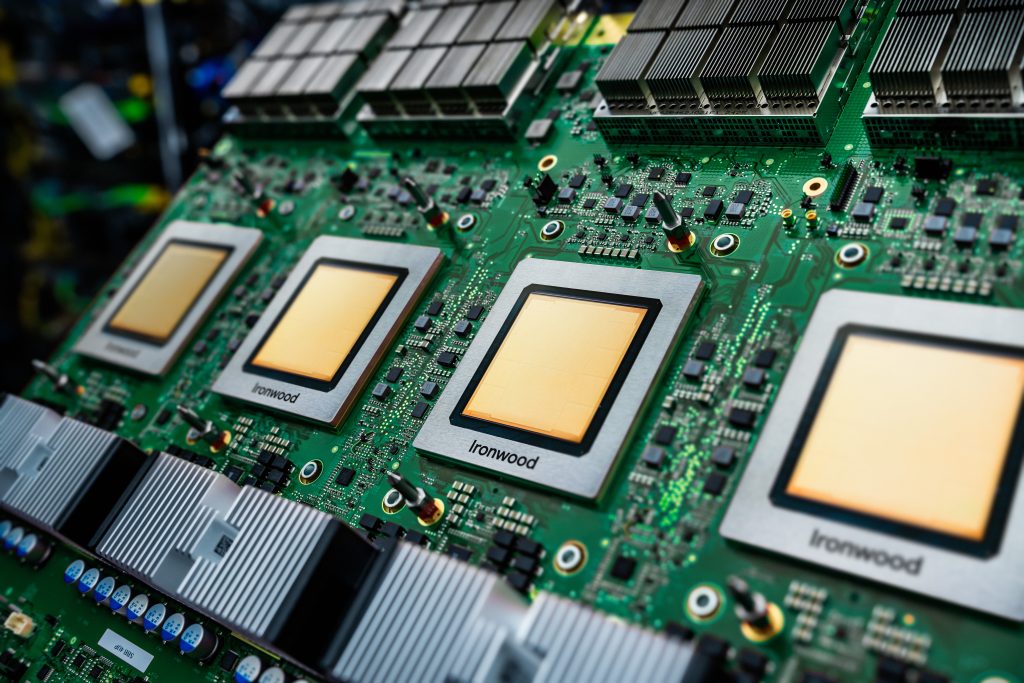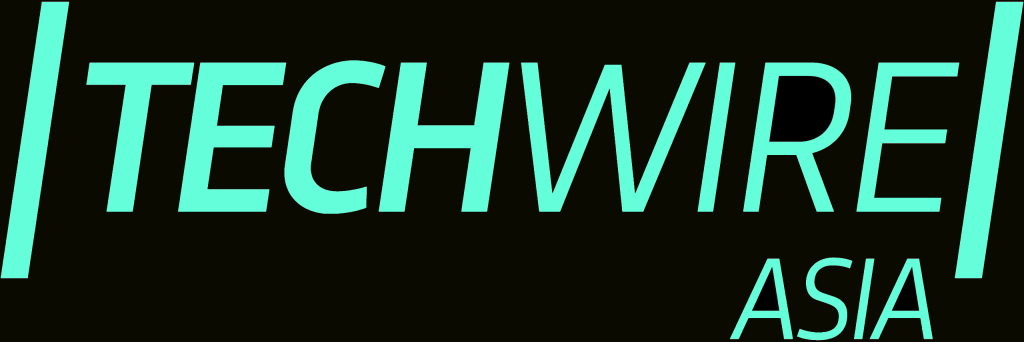- Huawei’s revenue hit $118.3 billion in 2024, a 22% year-over-year increase amid US sanctions.
- Consumer business and smart car solutions drive impressive performance.
- Profit margins show pressure from R&D investments.
Chinese tech giant Huawei shattered market expectations on Wednesday, announcing a staggering 860 billion yuan ($118.3 billion) in revenue for 2024 – its fastest growth since 2016. The 22% surge is a direct challenge to US technology restrictions, marking a pivotal moment in the ongoing technology trade war between the world’s two largest economies.
Chairman Howard Liang Hua’s announcement at a Guangdong provincial government conference revealed that the company’s “overall operations met expectations,” powered by robust performance in its consumer business segment and rapidly-expanding smart car solutions.
The achievement is particularly noteworthy as it represents Huawei’s second-highest revenue figure, following a 891 billion yuan peak in 2020. The strong performance in 2024 shows a remarkable recovery from the 704.2 billion yuan posted in 2023, highlighting the company’s successful adaptation to a challenging operating environment.
The significance of the growth becomes more apparent when considering the context of US sanctions imposed in May 2019. The restrictions were further tightened in August 2020, explicitly targeting Huawei’s access to advanced semiconductors that were developed or produced using US technology, regardless of their manufacturing location.
Despite those substantial obstacles, Huawei has managed to sustain its operations and significantly expand them.
Strategic pivots and innovation
However, the path to success has required significant investments and strategic adjustment. The company’s financial data reveals a 13.7% decline in net profit to 62.9 billion yuan for the first nine months of 2024, compared to 72.9 billion yuan in 2023.
The reduction in profitability reflects Huawei’s aggressive investment in research and development, a crucial strategy in its quest for technological self-sufficiency. Huawei’s response to US restrictions has been multifaceted, positioning itself as a leader in China’s push for technological independence.
Founded in 1987 by Ren Zhengfei, the company has become emblematic in China’s efforts to overcome US restrictions. The restrictions were initially imposed due to concerns about potential military applications of US core technology. The company’s recent initiatives in artificial intelligence underscore its commitment to maintaining technological leadership.
Last week, Huawei’s cloud-computing unit made a significant move by making DeepSeek’s AI models available to end users through its Ascend cloud service. According to company statements, the performance of the models matches those running on global premium graphic processing units, demonstrating Huawei’s continued ability to compete at the highest technological levels.
Prospects and industry impact
Liang’s comments about AI being “at an accelerated stage of development” and its application “ushering in a critical period of time” suggest Huawei’s strategic focus on emerging technologies.
This perspective was reinforced by Guangdong Communist Party chief Huang Kunming, who praised Huawei’s “leading digital technology” and its role in empowering industries. The company’s success in 2024 has implications beyond its operations.
As a major player in global technology markets, Huawei’s ability to grow despite restrictions challenges assumptions about the effectiveness of trade sanctions in limiting technological advancement. The company’s consumer business revival, particularly in smartphone sales, and its expansion into new areas like smart car solutions demonstrate its market adaptation and innovation capacity.
Huawei’s performance raises important questions about the future of global technology supply chains and the ongoing technology competition between the US and China. While the company faces continued challenges in accessing certain advanced technologies, its successful pivot to alternative growth strategies and focus on self-sufficiency suggests a resilient business model that can withstand significant external pressures.
The company’s ability to maintain strong revenue growth while investing heavily in research and development positions it well for future challenges. However, the impact of reduced profit margins and the ongoing need for technological self-sufficiency will likely continue to shape Huawei’s strategic decisions in the coming years.
This remarkable revenue performance in 2024 demonstrates Huawei’s resilience and highlights the complex nature of global technology competition, where innovation and adaptation can sometimes overcome even the most stringent regulatory challenges.








